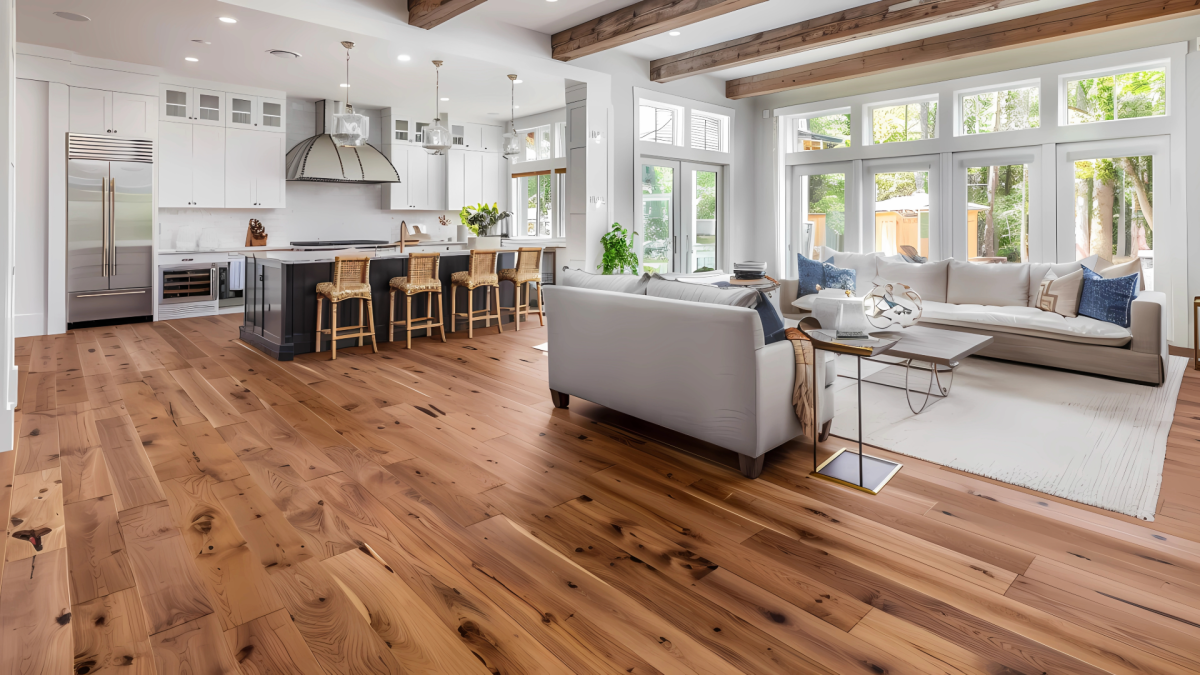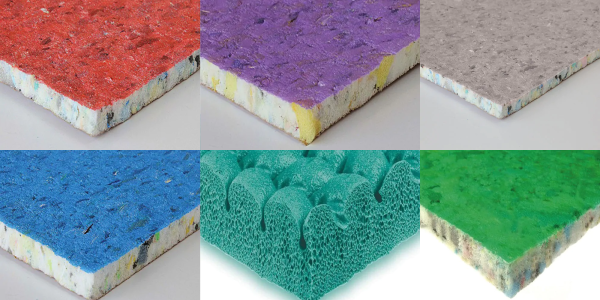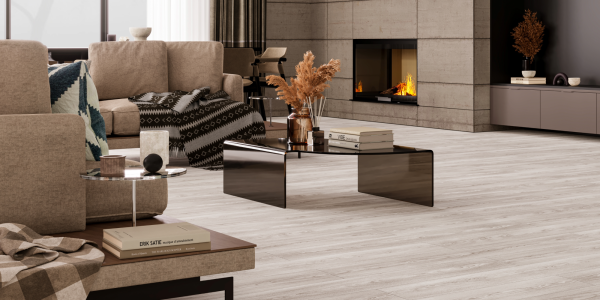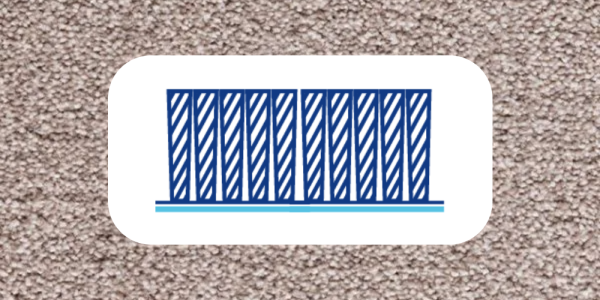Understanding the Definition of Real Wood Flooring
Real wood flooring, is a premium flooring option that consists of planks milled from a single piece of timber. This type of flooring is renowned for its authenticity, durability, and timeless aesthetic appeal. Each plank is crafted from high-quality hardwoods such as oak, maple, or walnut, preserving the natural grain patterns and unique characteristics of the wood.
The thickness of real wood flooring typically ranges from 18mm to 20mm, allowing for multiple refinishing processes throughout its lifespan. This feature contributes significantly to its longevity, as the flooring can be sanded and refinished several times to restore its original lustre or to change its appearance.
It is important to distinguish real wood flooring from engineered wood flooring, which consists of a thin layer of hardwood bonded to a plywood base. While both options offer the beauty of natural wood, real wood flooring provides superior durability and the potential for long-term value appreciation in property markets.
When considering real wood flooring, one must account for factors such as installation method, subfloor preparation, and ongoing maintenance requirements to ensure optimal performance and longevity of this premium flooring solution.
Types of Real Wood Flooring: Solid vs Engineered
Real wood flooring is a popular choice for homeowners seeking to enhance the aesthetic appeal and value of their properties. There are two primary types of real wood flooring available in the market: solid wood and engineered wood. Each type possesses distinct characteristics and benefits that cater to different needs and preferences.
Solid wood flooring, as the name suggests, is crafted from a single piece of timber. This traditional option offers a timeless appeal and can be sanded and refinished multiple times, potentially lasting for generations. It is particularly well-suited for areas with stable humidity levels and temperature conditions.
Engineered wood flooring, on the other hand, consists of multiple layers. The top layer is made of high-quality wood, while the underlying layers are composed of plywood or high-density fibreboard. This construction method provides enhanced stability and resistance to moisture and temperature fluctuations, making it suitable for installation in areas where solid wood may not be recommended, such as basements or over underfloor heating systems.
Both types of flooring offer a range of wood species, finishes, and installation methods, allowing homeowners to select the option that best suits their specific requirements and interior design preferences.
Benefits of Choosing Real Wood Flooring for Your Home
Real wood flooring offers numerous advantages for homeowners seeking to enhance their living spaces. Firstly, it provides unparalleled durability, capable of withstanding heavy foot traffic and maintaining its aesthetic appeal for decades when properly maintained. The natural beauty of wood grain patterns and colours adds warmth and character to any room, creating a timeless elegance that synthetic alternatives struggle to replicate.
Furthermore, wood flooring is an excellent investment, often increasing a property's value and attracting potential buyers should one decide to sell. It is also a sustainable choice, as many wood flooring options are sourced from responsibly managed forests, contributing to environmental conservation efforts.
Maintenance of real wood flooring is relatively straightforward, requiring regular sweeping and occasional refinishing to preserve its lustre. Additionally, wood floors are hypoallergenic, trapping fewer allergens than carpets, thus promoting better indoor air quality.
In conclusion, the combination of aesthetic appeal, longevity, and practical benefits makes real wood flooring an excellent choice for discerning homeowners seeking to elevate their living environment.
Environmental Considerations of Real Wood Flooring
When contemplating the installation of real wood flooring, it is imperative to consider the environmental implications of this choice.
The longevity of wood flooring is a significant environmental advantage. With proper care and maintenance, a high-quality wood floor can last for generations, reducing the need for frequent replacements and, consequently, lowering the overall environmental impact. Furthermore, at the end of its lifecycle, wood flooring can be recycled or repurposed, minimising waste.
It is worth noting that the production process of wood flooring typically requires less energy compared to synthetic alternatives. However, transportation distances should be taken into account, as locally sourced timber will have a lower carbon footprint than imported varieties.
Lastly, wood flooring can contribute to improved indoor air quality, as it does not harbour allergens or emit volatile organic compounds (VOCs) in the same manner as some synthetic flooring options. This aspect not only benefits the environment but also the health and well-being of the occupants.
Real Wood Flooring vs Alternative Flooring Options
When considering flooring options for your home or commercial space, it is essential to weigh the merits of real wood flooring against alternative materials. Whilst real wood flooring offers timeless elegance and durability, several modern alternatives have gained popularity in recent years.
Laminate flooring, for instance, provides a cost-effective solution that mimics the appearance of wood. It offers reasonable durability and is relatively easy to maintain. However, it may lack the authentic feel and longevity of genuine wood.
Vinyl flooring, particularly Luxury Vinyl Tile (LVT), has emerged as a versatile option. LVT is water-resistant, making it suitable for areas prone to moisture. It also offers a wide range of designs, including wood-like patterns. Nevertheless, it may not provide the same level of warmth and natural beauty as real wood.
Carpet remains a popular choice for bedrooms and living areas, offering comfort and sound insulation. However, it requires more frequent cleaning and may not be as long-lasting as hard flooring options.
In conclusion, whilst alternative flooring options such as laminate, vinyl, and carpet offer certain advantages, real wood flooring continues to be the benchmark for quality, aesthetics, and long-term value in flooring solutions









